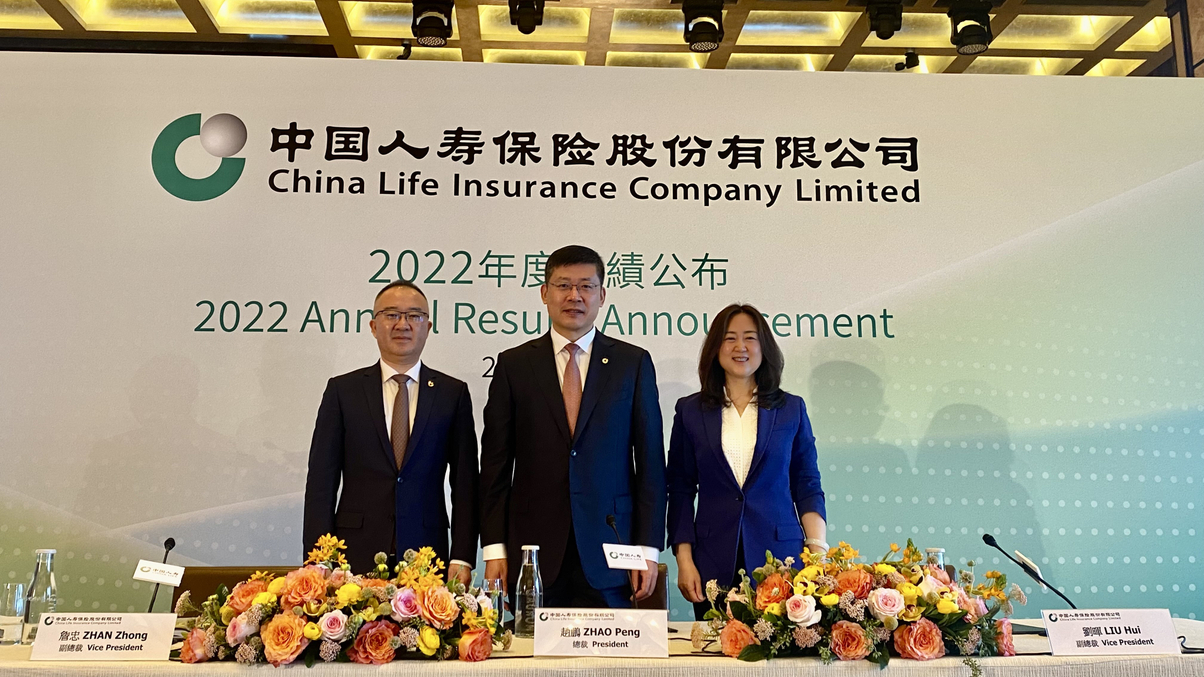China Life to expand REIT, real asset allocation
The Chinese insurance giant is adding alternative investments in real assets to enhance portfolio resilience. It is optimistic about China’s $12.5 billion public REITs market, where it is both asset owner and investor.

China Life Insurance Company will continue to add positions in real assets in China as it expects to benefit from the country’s latest policy proposal to include consumer-related real estate projects into eligible real estate investment trust (REIT).
Sign in to read on!
Registered users get 2 free articles in 30 days.
Subscribers have full unlimited access to AsianInvestor
Not signed up? New users get 2 free articles per month, plus a 7-day unlimited free trial.
¬ Haymarket Media Limited. All rights reserved.


